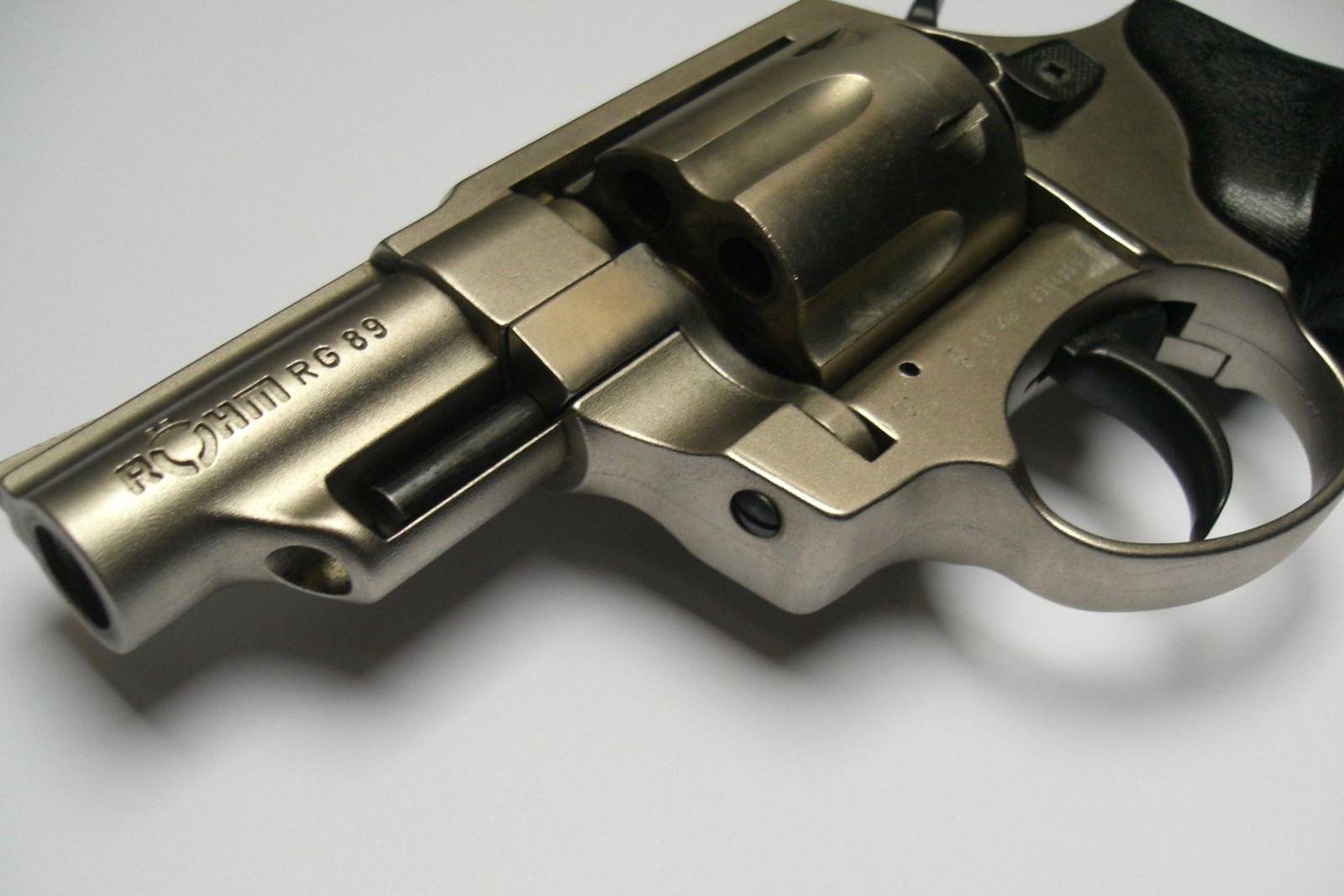Research done at The Firearm Injury and Policy Research Program at Harborview Injury Prevention and Research Center suggest three policy solutions to help reduce rates of firearm injury and suicide.
Recent reports from Centers for Disease Control and Prevention indicate that more than 39,000 people died from firearm injuries in the U.S. in 2018, including 24,432 by gun suicide.
Dr. Frederick P. Rivara, author of the study, said 70 percent of firearm deaths in Washington state are due to suicide.
Rivara’s study examined three means of intervention that allow for individuals experiencing a mental health crisis to separate themselves from their firearm and in turn create a safer environment for themselves and their family.
The first intervention is temporary firearm storage. According to Rivara’s article, 29 states and the District of Columbia have implemented a policy that allows families or at-risk individuals to temporarily store their firearms with law enforcement, at a shooting range or gun retailer.
According to the study, temporary firearm storage has been estimated to effectively prevent 8 percent to 19 percent of suicides and unintentional shooting deaths among youth and adolescents.
Harborview Injury Prevention and Research Center offers an interactive map of temporary safe firearm storage sites online at hiprc.org/firearm/firearm-storage-wa.
The second means of intervention is a voluntary “do not sell” list, in which individuals experiencing a mental health crisis can volunteer themselves to be put into the National Instant Criminal Background Check System. Once in the NICS, that individual will be unable to purchase a firearm.
Rivara said this method allows suicidal individuals to decide to protect themselves in the future, but their “do not sell” status can be changed later on. According to the study, many suicides are impulsive and waiting periods to purchase guns can significantly deter potential self-harm.
The third policy solution is something called an Extreme Risk Protection Order.
Through this method, either a family member or a law enforcement officer can petition a judge to review an individual believed to be homicidal or suicidal and decide on a temporary removal of their firearms in the best interest of their safety.
All of these policies have been found to be congruent with the rights afforded by the Second Amendment as the first two require consent and the Extreme Risk Protection Order has been held in the courts as non-violating to gun rights.
Rivara said most of these methods of intervention are relatively new, and researchers are still collecting information about how effective they can be.
“More people need to know about these options,” Rivara said.


